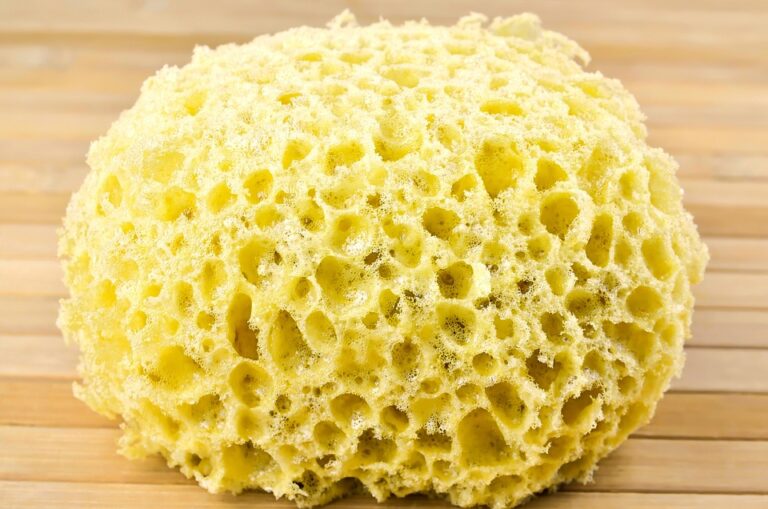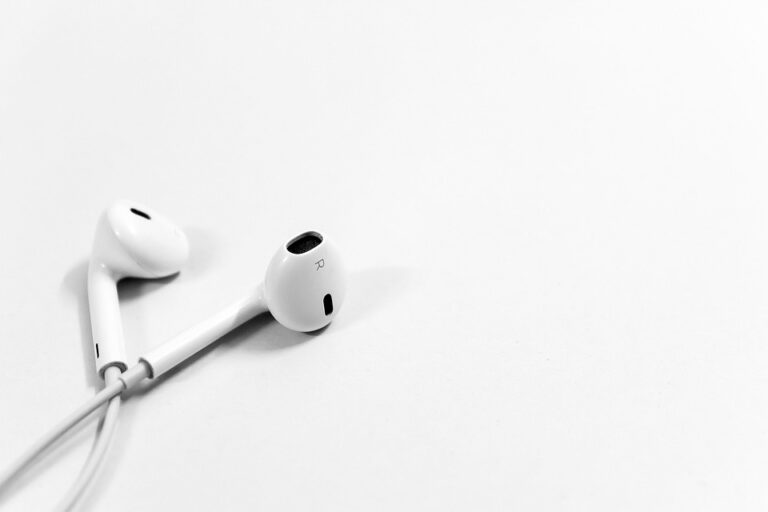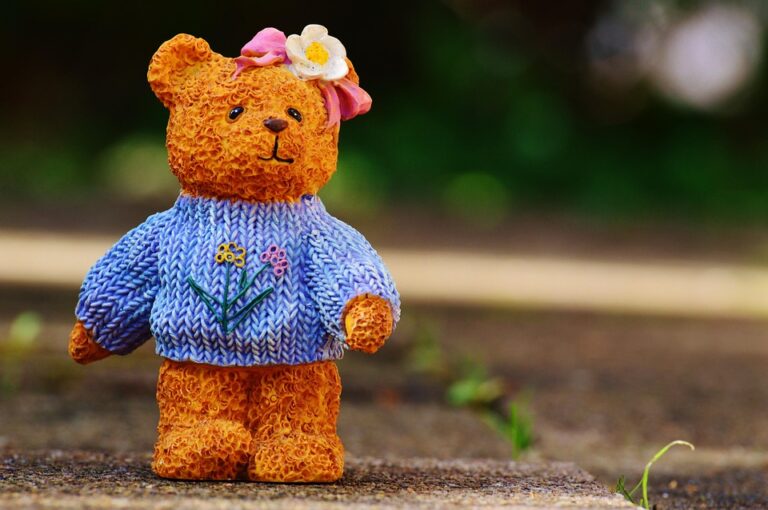
A Closer Look at the Evolution of Robot Vacuums
The journey of robot vacuums is not merely a tale of technological advancement; it is a narrative woven with the threads of human ingenuity, necessity, and the ever-evolving relationship we have with our domestic spaces. As we delve into this fascinating history, one cannot help but wonder: how did we transition from traditional vacuum cleaners to these automated marvels that glide effortlessly across our floors?
1. The Humble Beginnings
The concept of automated cleaning can be traced back to the 1950s when the first vacuum cleaner was invented by the American engineer, James Murray Spangler. His invention paved the way for more sophisticated designs, but it wasn’t until the late 20th century that we began to see the first inklings of robotic technology applied to household cleaning. Fast forward to 1996, and the launch of the Electrolux Trilobite marked a pivotal moment. Though it was more of a prototype than a commercial success, it demonstrated the potential for automated floor cleaning. Yet, why did it take so long for such technology to catch on?
2. The Rise of the Roomba
In 2002, the landscape of home cleaning was irrevocably altered with the introduction of the iRobot Roomba. This little disc-shaped device captured the imagination of consumers and ushered in a new era. Equipped with sensors that allowed it to navigate around furniture and avoid stairs, the Roomba was a revelation. As Matt Peterson, a former iRobot engineer, pointed out, “The Roomba was designed not just to clean, but to blend into the home.” It was a product that spoke to the modern homeowner’s desire for convenience.
As word spread and sales soared, competitors emerged, yet the Roomba maintained its status as a household name. The question remains: how did iRobot manage to maintain a competitive edge? The answer lies in continuous innovation.
3. Technological Advancements
The evolution of robot vacuums has been marked by a relentless pursuit of technological sophistication. With advancements in artificial intelligence and machine learning, newer models now boast mapping capabilities that allow them to create an intricate map of your home. These devices can learn the layout of multiple rooms, remember cleaning schedules, and even be controlled via smartphone apps.
For instance, the introduction of lidar technology has enabled robot vacuums to optimise their cleaning routes. This was a game-changer; automation was no longer a simple matter of moving in straight lines but rather a complex navigation problem that these vacuums could solve with remarkable efficiency. As tech journalist, Kevin Kelly, aptly stated, “The future is not about machines taking over but about them helping us live better.”
4. The Integration of Smart Home Technology
The integration of robot vacuums into the smart home ecosystem has further enriched their functionality. Consumers can now connect their devices with smart speakers, allowing for voice-activated cleaning commands. Imagine instructing your vacuum to start cleaning while you relax in your armchair, all thanks to the seamless connectivity of the Internet of Things (IoT).
However, this advancement comes with its own set of dilemmas. With increased connectivity, concerns about privacy and data security have arisen. Are we inviting too much technology into our lives? Do we risk losing the charm of human interaction in favour of convenience? These questions linger in the minds of many as they embrace these marvels of modern engineering.
5. The Future Awaits
As we look to the future, the question that captivates enthusiasts and sceptics alike is: what’s next for robot vacuums? The potential for further developments seems limitless. Some manufacturers are experimenting with self-emptying capabilities, while others are exploring the incorporation of advanced sensors that can detect more than just dirt—imagine a vacuum that can differentiate between pet hair and dust.
Moreover, the environmental impact of these devices is becoming an increasingly pertinent issue. As consumers become more eco-conscious, the demand for sustainable materials and energy-efficient models is growing. Will robot vacuums evolve to meet these new standards?
In a world where the pace of innovation seems never-ending, the evolution of robot vacuums stands as a testament to our relentless drive for convenience and efficiency. Each advancement not only reflects our changing lifestyles but also prompts us to reconsider the role technology plays in our homes.
As we embrace this new era of cleaning, it’s essential to remain informed about the best products in the market. BargainsTrust continues to bring you a curated selection of must-have gadgets, ensuring that you’re always equipped with the latest innovations that enhance your daily life.







